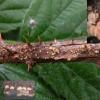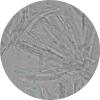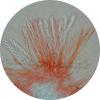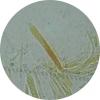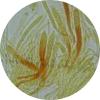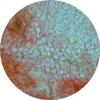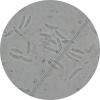
12-12-2025 18:39
Mirek GrycHello everyone.Macrofeatures similar to Mollisia b

09-12-2025 12:06
 Andgelo Mombert
Andgelo Mombert
Bonjour,Je recherche l'article concernant Hypobryo

07-12-2025 16:07
Arnold BüschlenHallo, ich habe in einer Moos-Aufsammlung (epiphy

08-12-2025 21:04
Mark Stevens"Hello everyone,I'm relatively new to microscopy (

08-12-2025 18:59
 Lothar Krieglsteiner
Lothar Krieglsteiner
.. found by a seminar-participant, I do not know t

08-12-2025 17:37
 Lothar Krieglsteiner
Lothar Krieglsteiner
20.6.25, on branch of Abies infected and thickened

16-03-2014 22:00
Hello,I found this species a few months ago but ha

08-12-2025 13:39
Thomas Læssøehttps://svampe.databasen.org/observations/10572899
 Hello everybody,
Hello everybody,Last week I found this discomycete growing on dead stem of Rubus fruticosus, but I can't
determinate. What's your advice?
Details:
Apothecia 0,3 – 0,5 mm. across. Sessile. Turbinate. With white discs that
become pink-red (with age?). I have seen
no hairs outside (what's necessary in order to belongs to the Hyaloscyphaceae –
I mean?).
Asci: IKI+. 70 – 80 x 6 – 7 mµ (with croziers- but I'm not certain).
Ectal excipulum of textura globulosa-angularis
Spores: 8 – 13 x 3 µm. curved, 1 septe
Parafyses without refractive guttules
Regards
Piet Bormans
Ps : dimensions ( x 1000) 1 = 1,01 µm

this is a Calycina, and one of those that turn red with age. Typical of the genus are the apical ring type (very different from Phaeohelotium which has Hymenoscyphus-type), and the mollosioid VBs in the paraphyses (not clearly seen on your photos).
I also think yours has croziers. I would compare this with my C. heterospora nom. prov. which had partly spores of different size within an ascus, but not always. This ispecies s related to C. parilis and C. herbarum but certainly not the same.
here a link
https://www.cubby.com/pl/heterospora/_c0652748b1c043108dde38f0e2fd6dab
Zotto

Piet
